Although we are no longer tutors at UCA, you can keep following the progress of our students by looking at the links to their online portfolios on the left-hand side of this blog.
Thank you to those that have supported us and continue to follow the students and the Danna Project!
Sunday, 25 November 2012
Wednesday, 30 May 2012
The Interior Object
Synoptic 01 saw the students creating a series of furniture pieces, or 'interior objects'. Here is a sample of these:
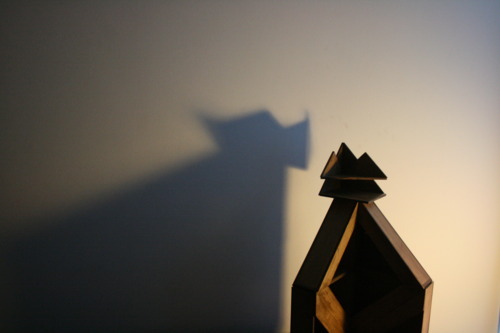
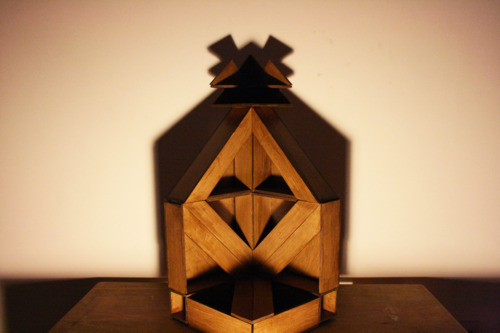

David Vyce


Jade Atkin-Marshall

Samantha Li
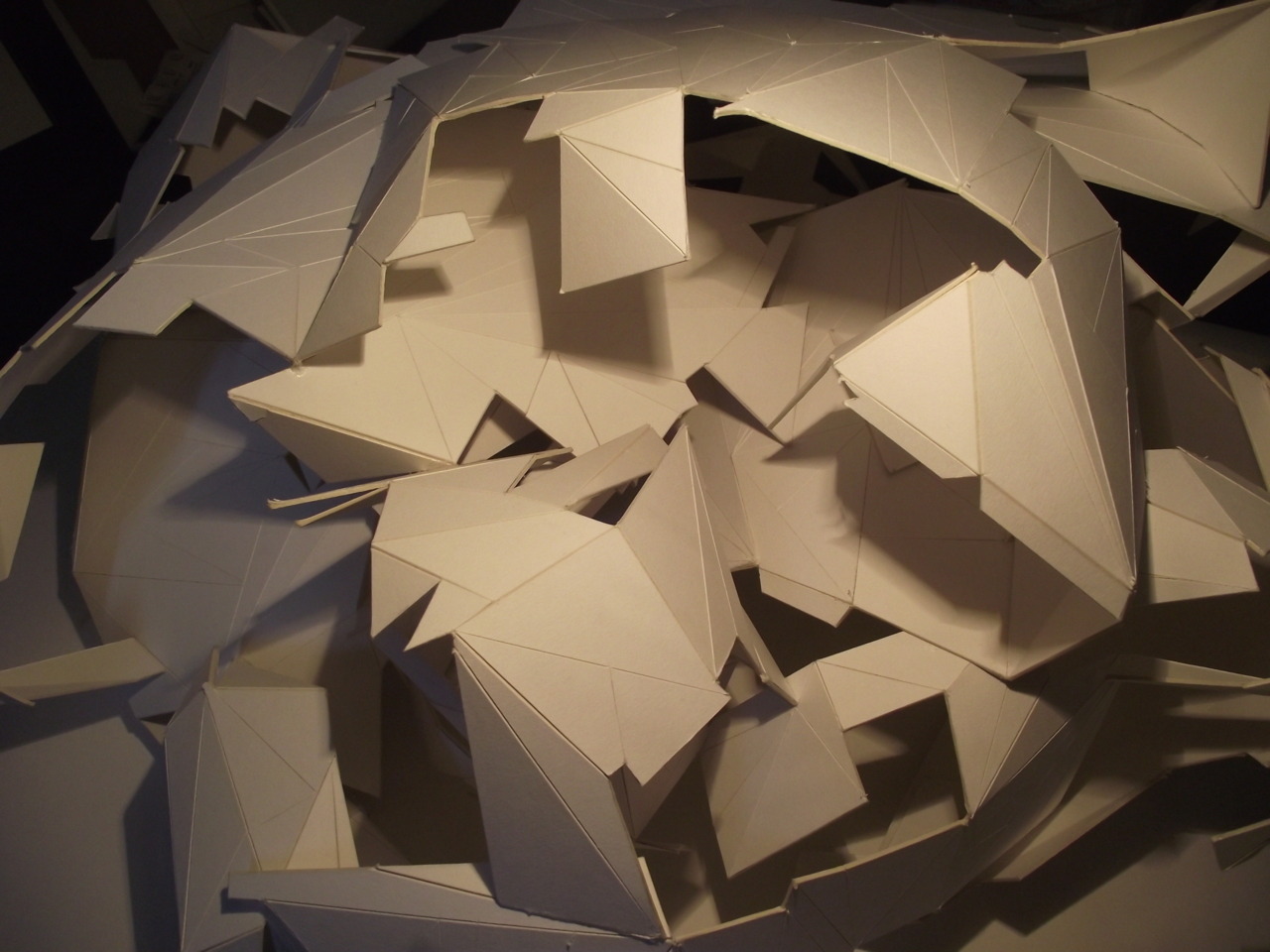
Olivia Scrine
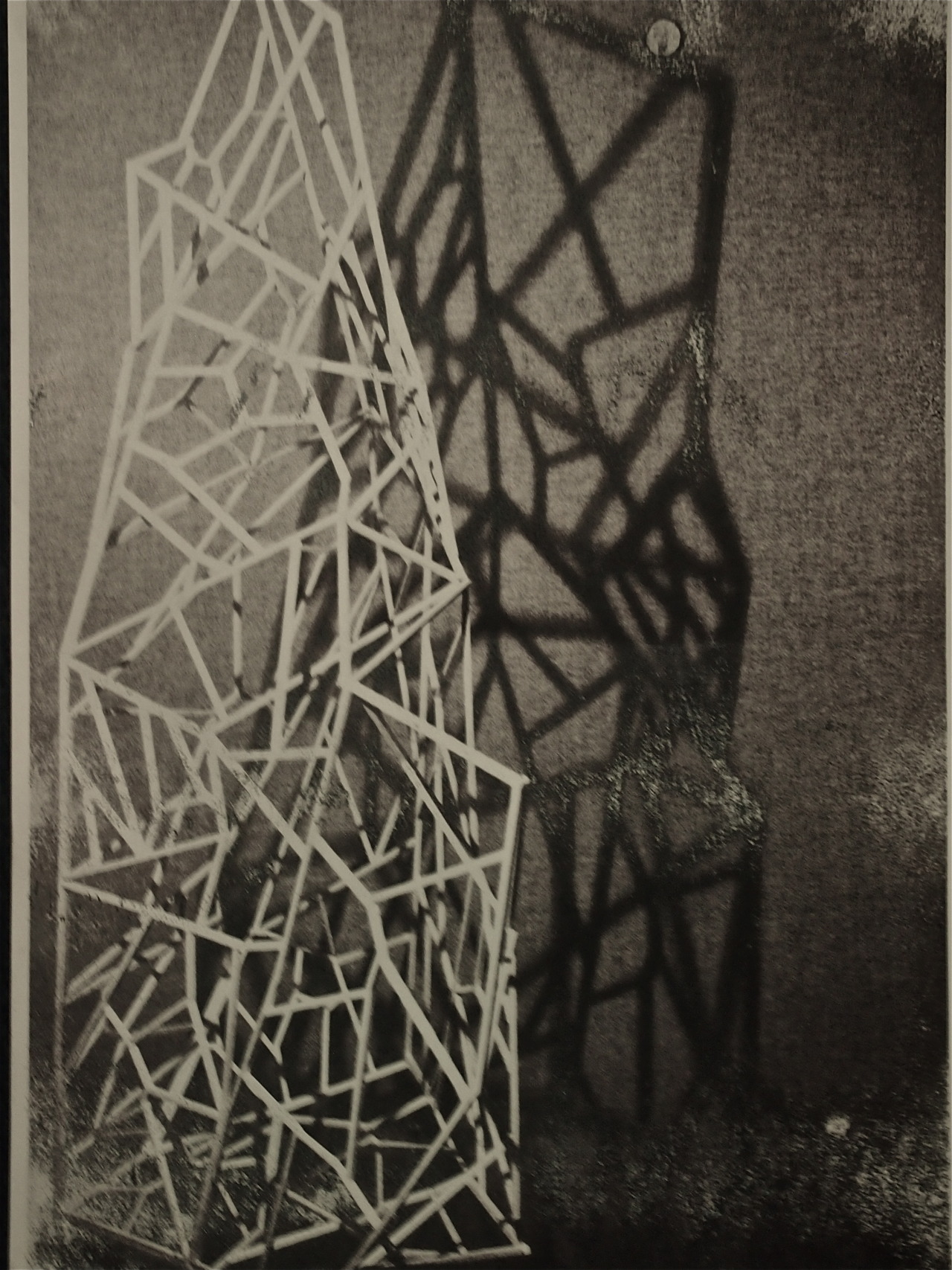
Sophie Wilson
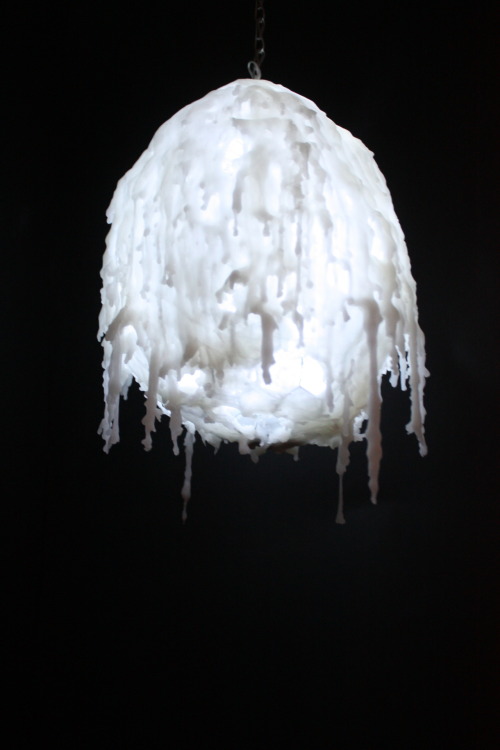
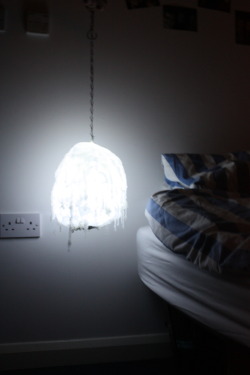

Olivia Scrine

Sophie Wilson


Portfolios
Now that we have reached the end of our academic year, the students have prepared their end of year portfolios which can be seen by clicking on the list of names at the side. Enjoy!
Teaching Discourse
Semester 01
The three units of Semester 1, Bodyscape 01- 03, are about
encouraging students to develop an alternative approach to spatial design. It
is important that students begin to develop their own unique styles and
approaches early on in their studies - and careers - to allow them to push
themselves as far as physically and mentally possible in their chosen
directions, under the guidance of many different practitioners and creatives
and tutors.
To do this, we have been working within a framework of
alternative methods that explore more than just designing a space. This
framework allows the design of machines and sculptures and performances that
all approach spatial programme and spatial psychology from an unusual angle.
Bodyscape 01 is an exploration into the definition of space,
analysing negative space and the dialogue between body, object and positive
space. To do this, a series of explorative drawings were created, as well as
the casting of a large sculptural object of these various elements at 1:1
scale. As an added dimension, the work was then exhibited in a disused car park
structure located on the Arlington House site of Margate - students were tasked
with curating and marketing the exhibition themselves.
Bodyscape 02 was a development of Bodyscape 01, again exploring
the definition of space but then taking it further and analysing the programme
of space. Spatial programme is what defines a space and how it is used, so this
unit sought to change that via the creation of a fictional machine. Machines
are very specific in what they do and are designed to do, but what happens when
they become redundant and are discarded? Students were tasked with collecting
this discarded machinery and fashioning it into a new machine with a specific
purpose to alter the programme of the chosen space it was to be used in.
Bodyscape 03 is a combination of the previous two units and looks
at the human body as an extension of space. A series of dance workshops to explore
movement of the human body are given and then become the beginning steps
towards the design of a device that alters the human body and its performance -
the performative devices are to explore the forces at work in a space (gravity,
light, tension...). Again, another dimension is added in the guise of an
exhibition-style performance involving a team of volunteer performers that the
students must curate and market together with the show's production manager.
Through these projects, we give the students
opportunities to develop their own approaches and pursue their own interests.
Semester 1 has been about teaching the basics of spatial
programme/psychology/design in unusual methods that they can begin to develop
and apply to their future work.
Semester 02
The learning objectives of Semester 2 are similar to those of
Semester 1, however, are developed further through the design of site specific installations
and design proposals.
Terrain 01 is a 10 week unit in which the students
must work with Canterbury Castle and develop a design proposal that re-develops
the heritage site.
During phase one, the students are taken on a guided Promenade Architecturelle
around Canterbury City, and use this walk to develop a series of drawings that
reappropriate aspects of time, as well as different spatial qualities and
social situations into a series of alternative spatial configurations. These
drawings are then re-used and re-configured a number of times until they become
a series of abstract models that then become a design proposal for the students
to implement in Canterbury Castle.
The second phase of this unit is the completion of the design
proposal. Students develop their concepts into a final spatial design (whether
that be a structure or installation) that is then ready to be implemented. This
phase focuses heavily on real structural qualities and materiality to give
their conceptual designing a strong foundation of realism.
The second and final unit of Semester 2, Synoptic 01, continues
with site-specificity by tasking students with the creation of a piece of
furniture that reacts to a specific location and a series of specific items
assigned to them. The piece of furniture will be constructed at 1:1 and placed
in-situ to be used. This unit is designed to solidify a concept into a real
finished item that will encourage them to push the boundaries of the materials
they are using and develop their own unique structural qualities.
Subscribe to:
Posts (Atom)
